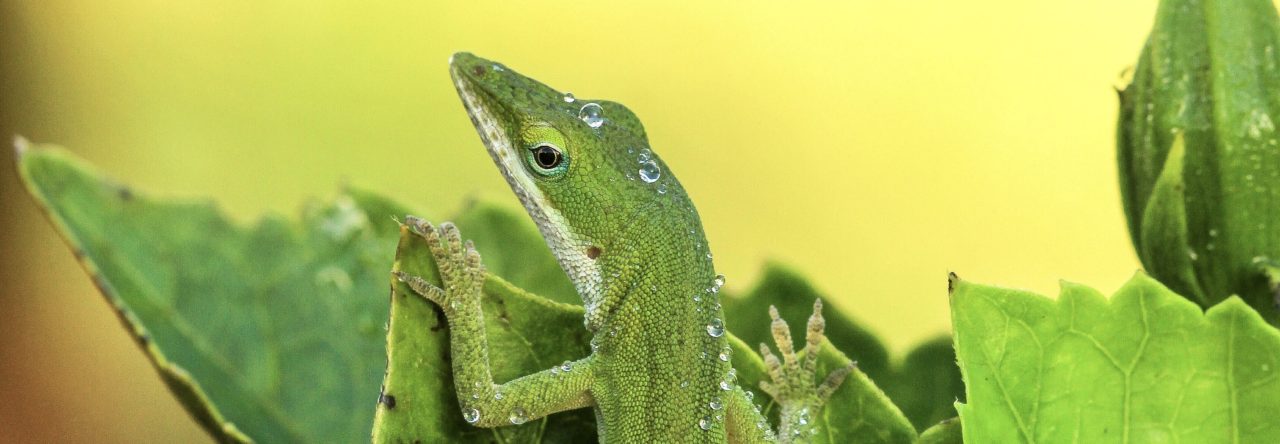In collaboration with the Conservation Biology course taught by Dr. Karen Beard here at Utah State University, where I am a Ph.D. student, I have been involved in gathering life history data on ~400 species of reptiles that have been introduced outside of their native ranges for an analysis of how life history traits (e.g., diet, fecundity, longevity) interact with other factors to influence the likelihood of successful establishment. Appendix A of Fred Kraus’ 2009 book Alien Reptiles and Amphibians is the source of the species list we are using, and included in this analysis are 26 species of Anolis. This is where you come in.
First, we coded all anoles as (i) sexually-dichromatic, (ii) diurnal, (iii) non-venomous, (iv) oviparous, (v) omnivores that lack (vi) temperature-dependent sex determination and (vii) parthenogenesis. Is anyone aware of any exceptions to these seven generalizations?
Second, we searched for data on clutch size, clutch frequency, incubation time, and longevity. The Anole Classics section of this site and the Biodiversity Heritage Library were particularly useful. After conducting what I feel to be a pretty thorough literature scavenger hunt, I am forced to conclude that some of these data simply do not exist at the species level for all of the species we’re interested in, or are not explicitly stated in a way that is obvious to a non-anole-expert. Of course, there is a lot of literature, including many books that I don’t have access to, and there are also lots of credible observations that don’t get published. I’m hoping that some of the readership here can help fill in at least some of the blanks in the table below. As one member of the team, I did not collect all of the data that are filled in myself, nor have I personally vetted every value, so if you spot an error please do point it out.
Two important points:
- Many environmental factors obviously influence the life history parameters of our beloved and wonderfully plastic reptiles, so we appreciate that many of these values would be better represented by ranges and are dependent on latitude, altitude, climate, and many other factors. Where a range is published, we are using its median value.
- I should also emphasize that, because of the large size of this study and the diversity of taxa included (ranging in size from giants like Burmese Pythons, Nile Crocodiles, and Aldabra Tortoises to, well, anoles and blindsnakes), it is more important for the data to reflect the relative values of these life history parameters across all anoles (and all reptiles) than it is to specifically and precisely represent all known variation within a given species of anole.
Without further ado (for your enjoyment, and because I know from my own blog that nobody reads posts lacking pictures, I’ve embedded an image of each species):
Thanks in advance. I think this is a great blog and I hope to post something more interesting on here soon.





































